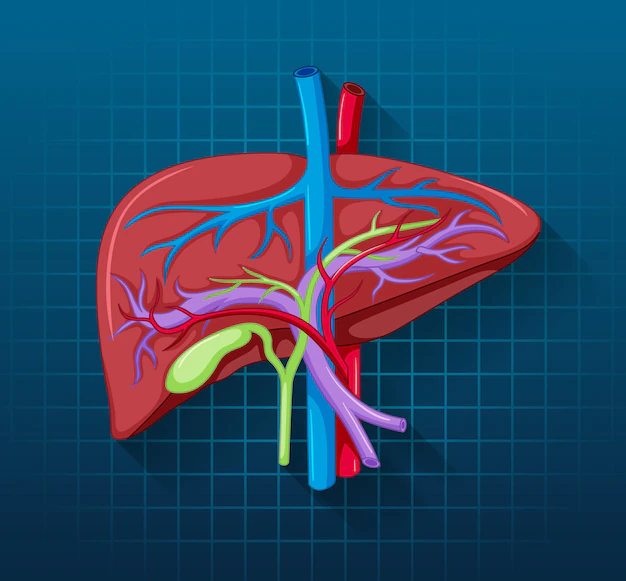Anatomy of the Liver, Gallbladder, and Pancreas

The liver, gallbladder, and pancreas are important organs located in the upper part of the abdomen.
The liver is the largest organ in the body and is responsible for several critical functions, including filtering blood from the digestive tract before it enters the rest of the body, detoxifying harmful substances, producing bile for digestion, and storing nutrients such as glucose, vitamins, and minerals.
The gallbladder is a small, pear-shaped organ located beneath the liver that stores and releases bile produced by the liver to help digest fats.
The pancreas is a glandular organ located behind the stomach that produces several important hormones, including insulin, which regulates blood sugar levels, and glucagon, which helps raise blood sugar levels when they are too low. The pancreas also produces digestive enzymes that help break down proteins, fats, and carbohydrates in the small intestine.
